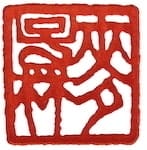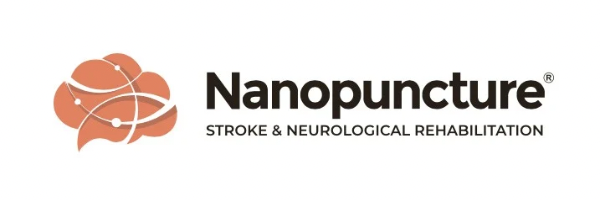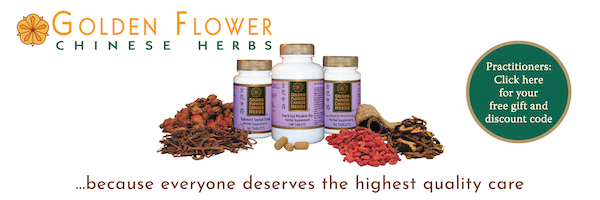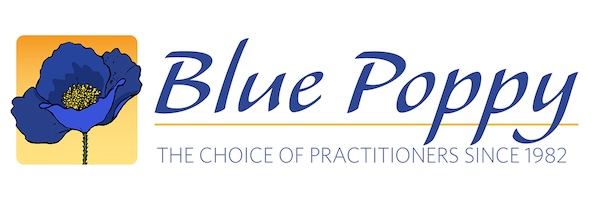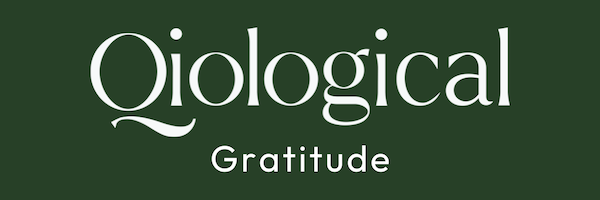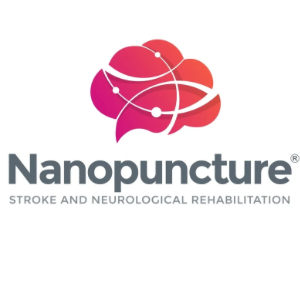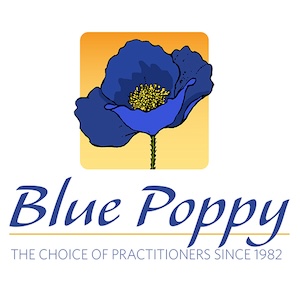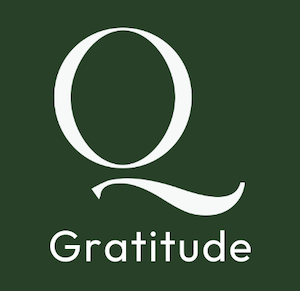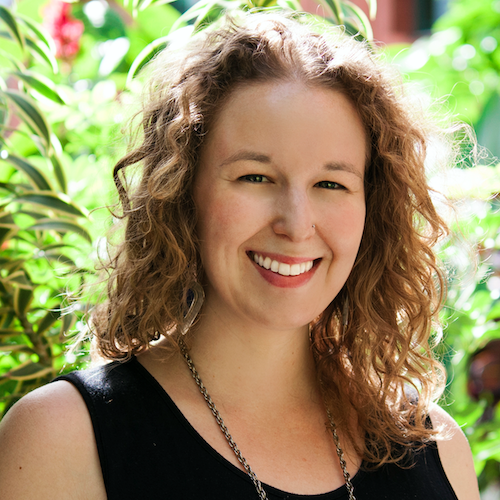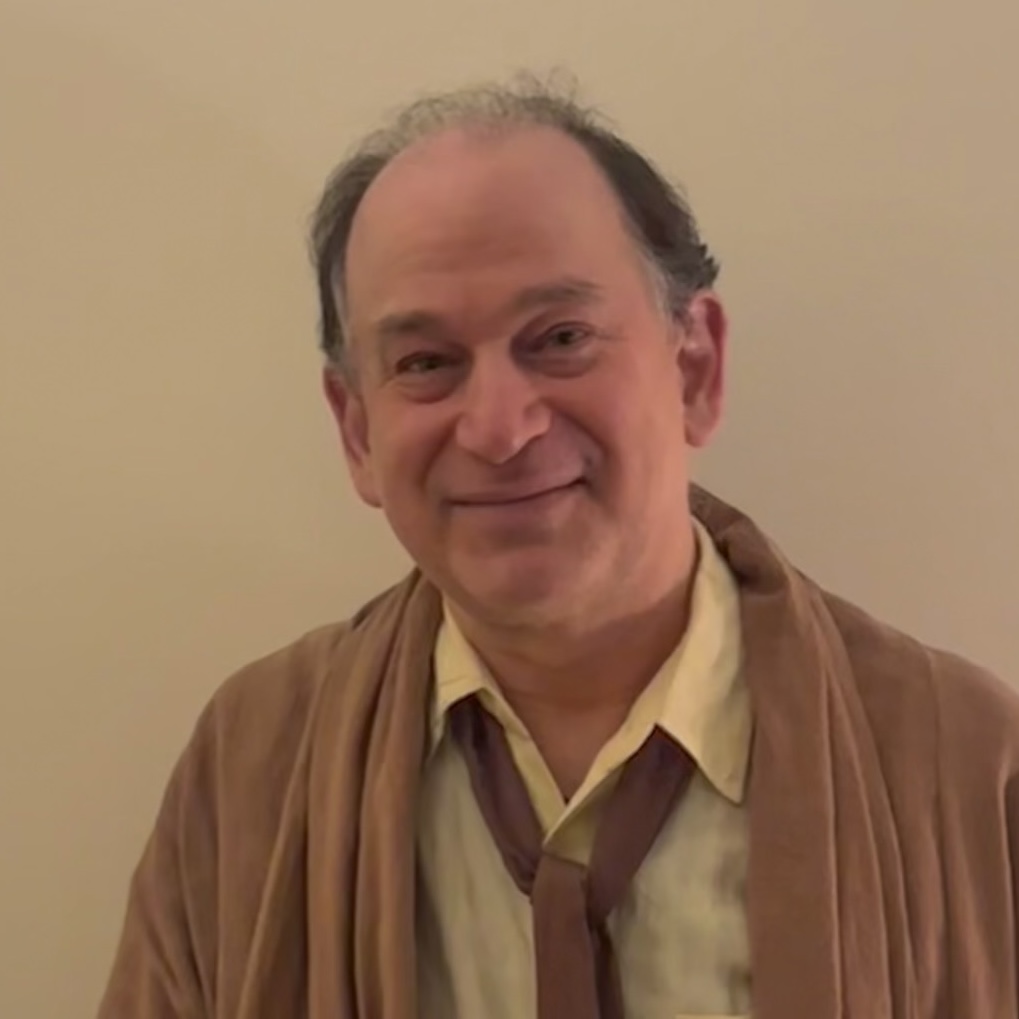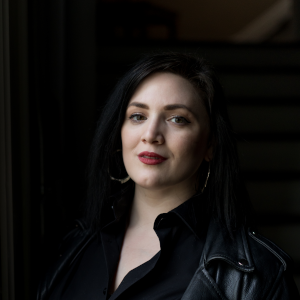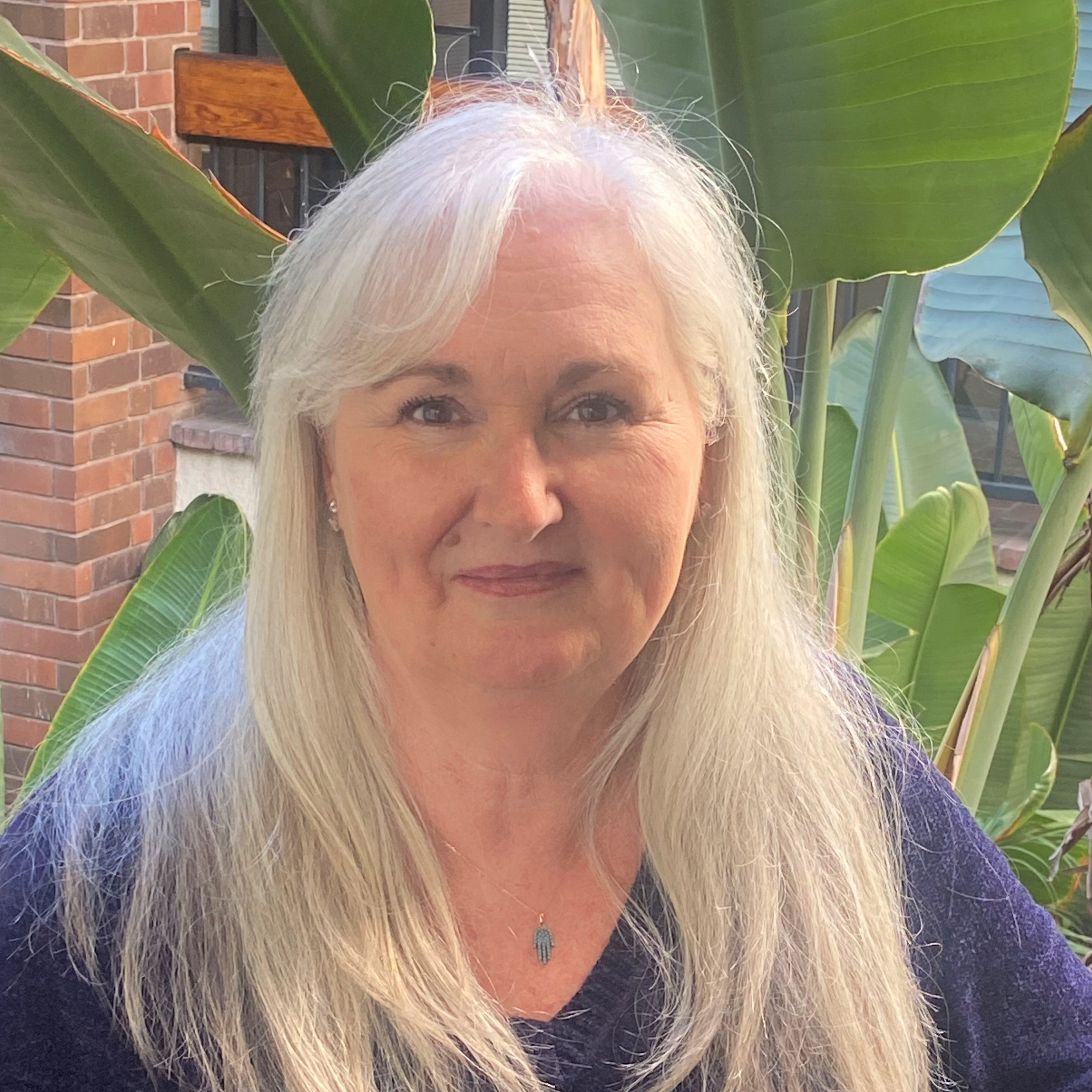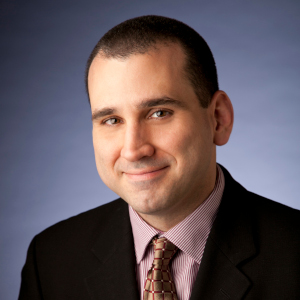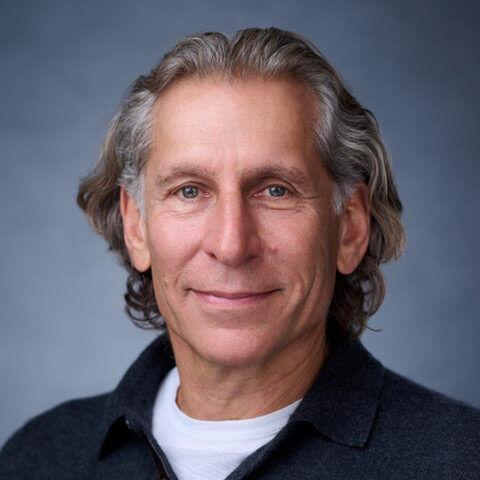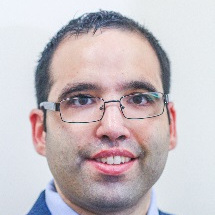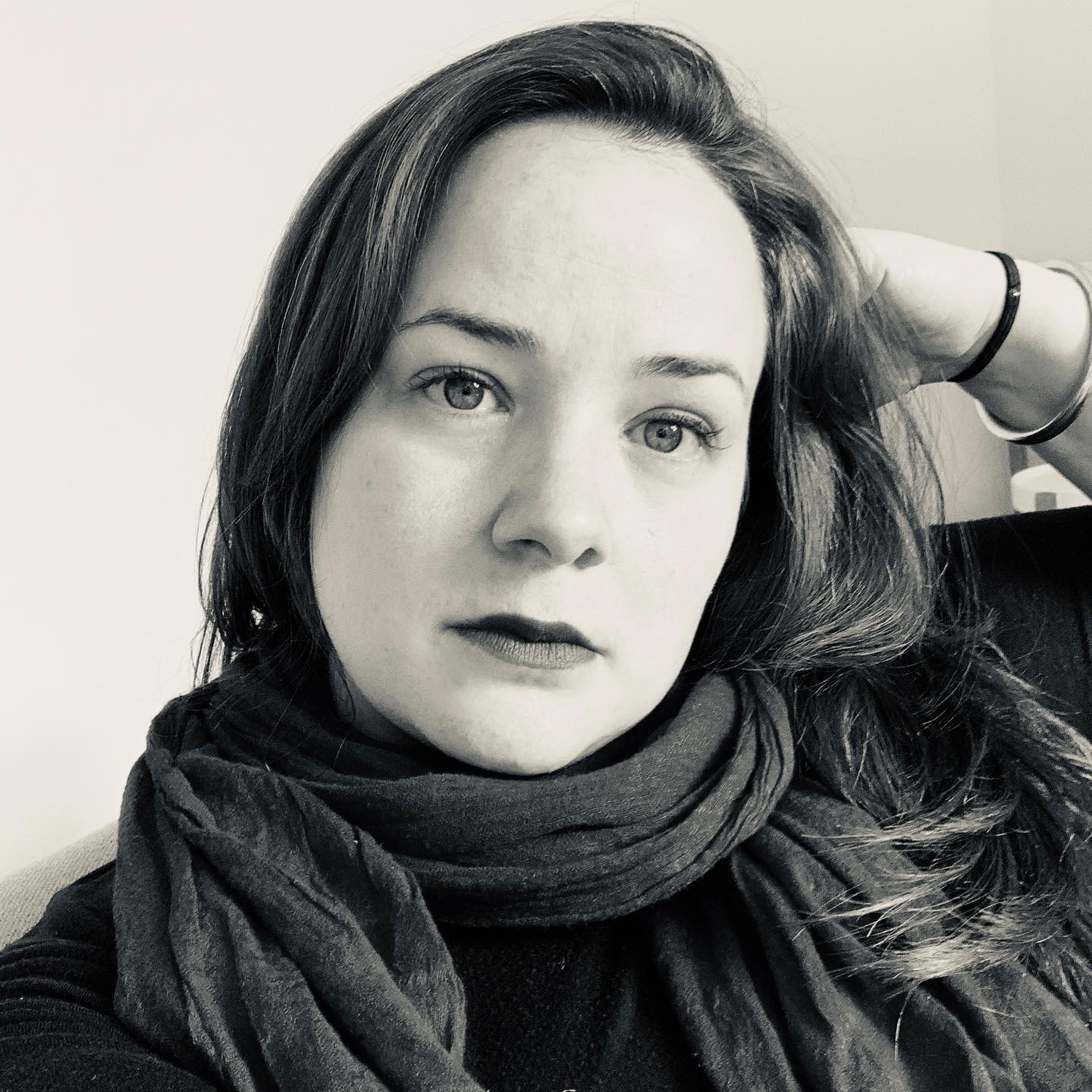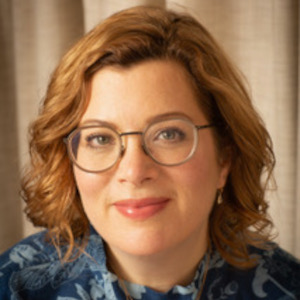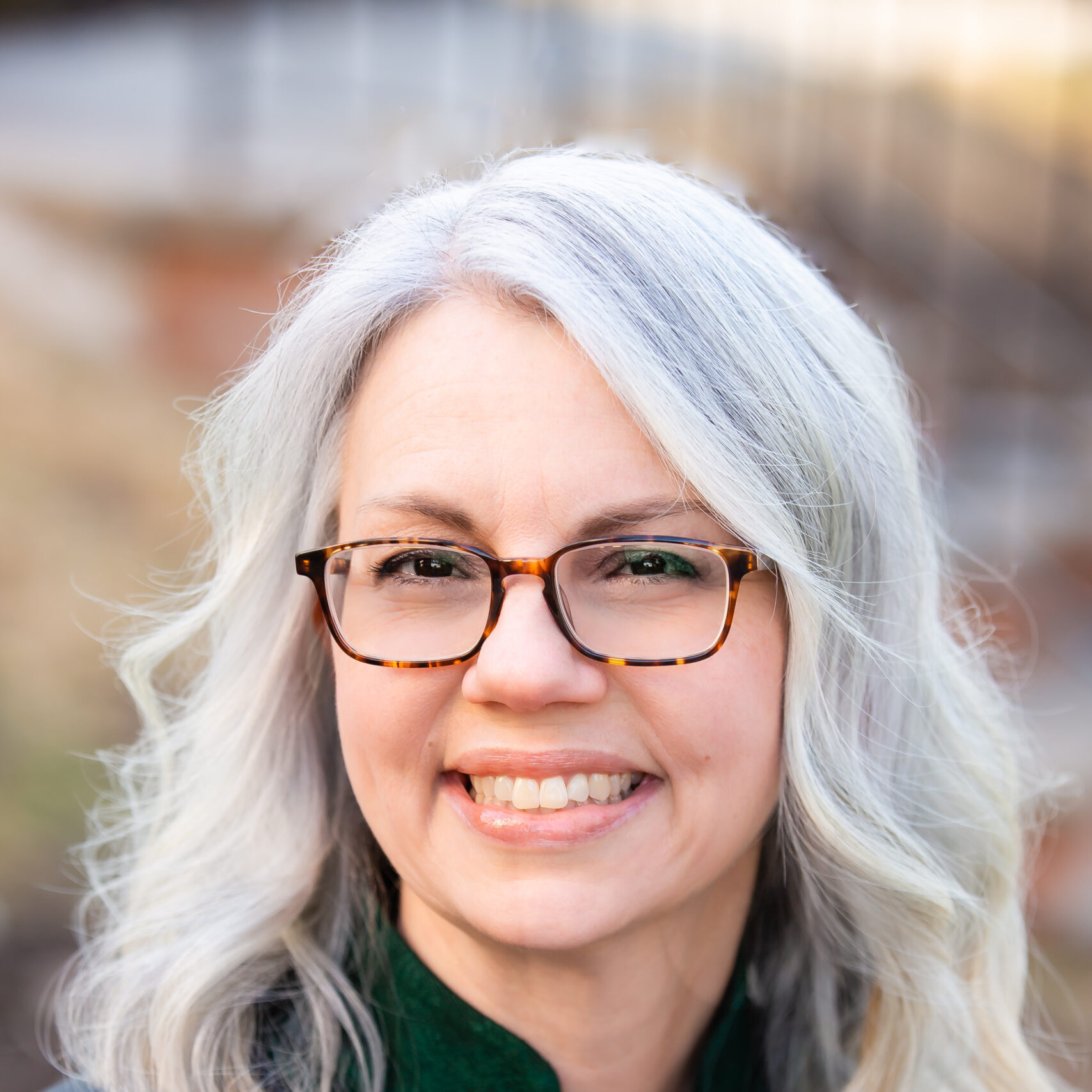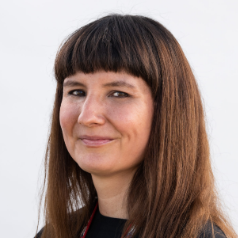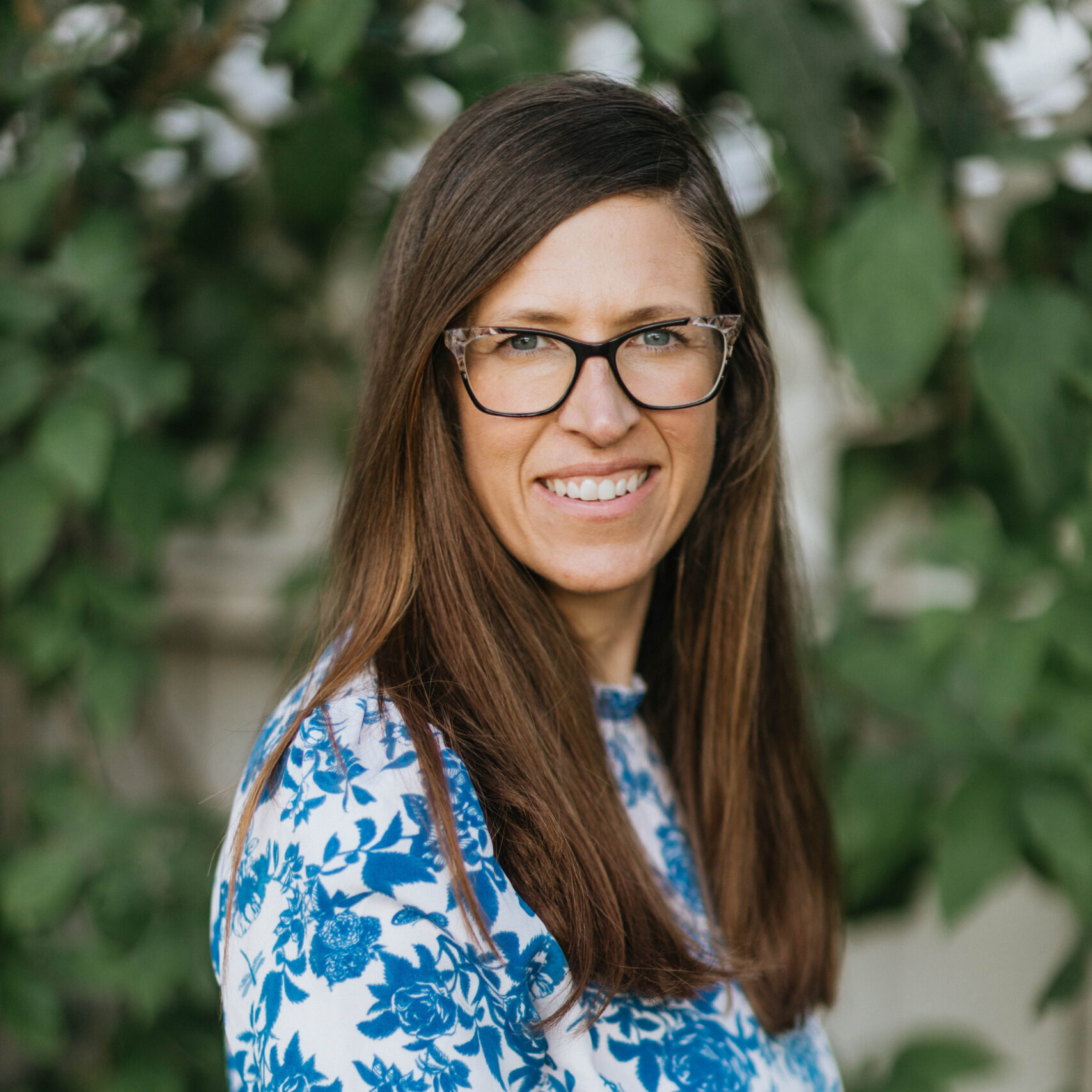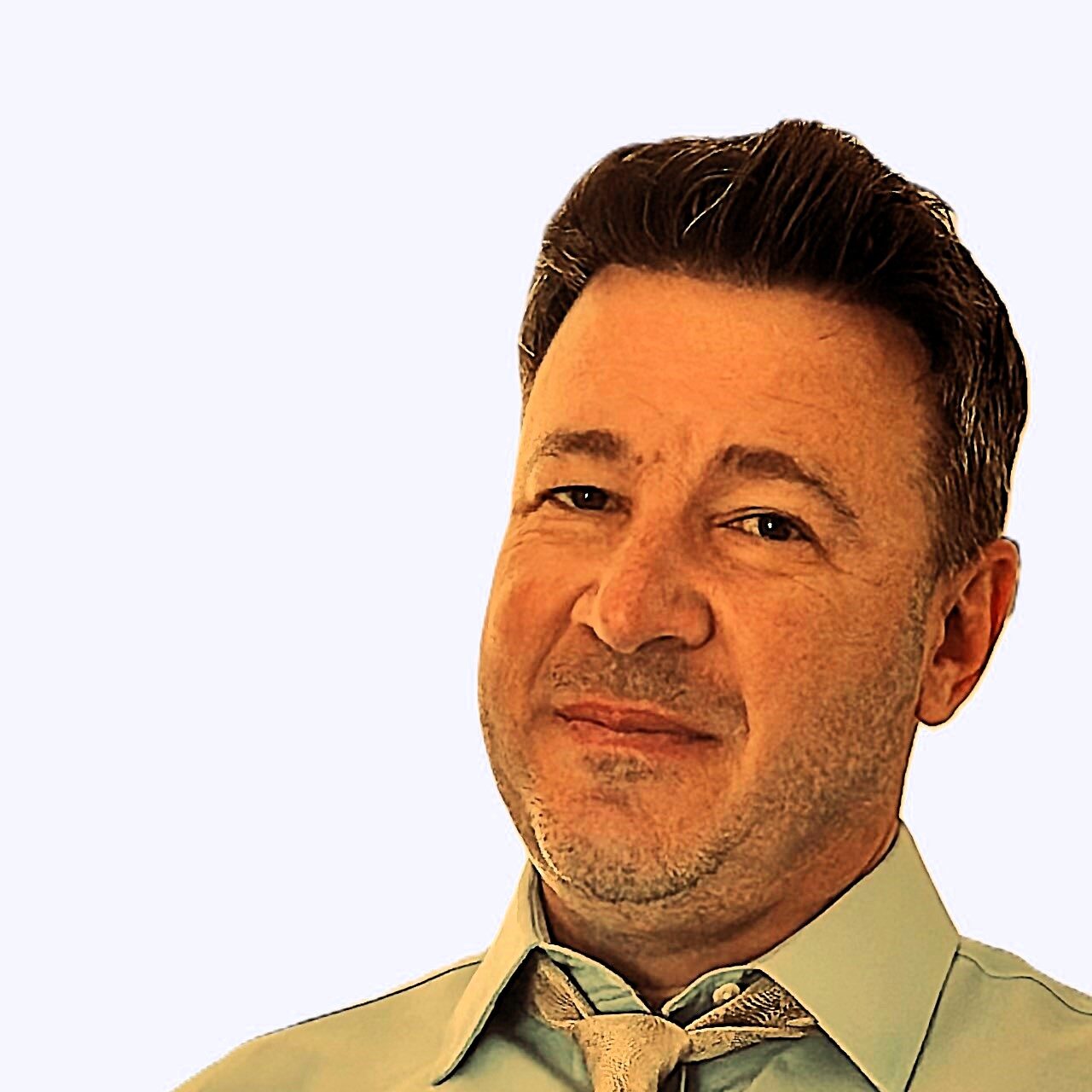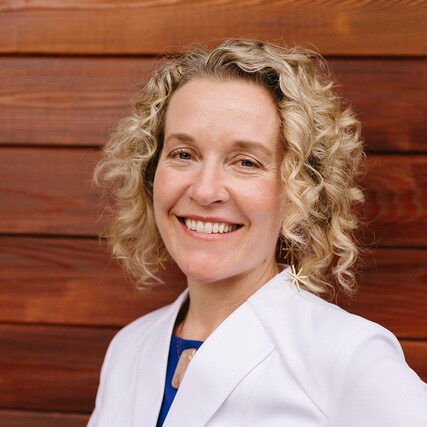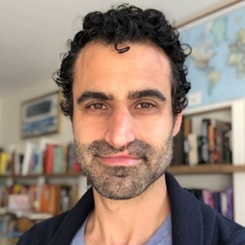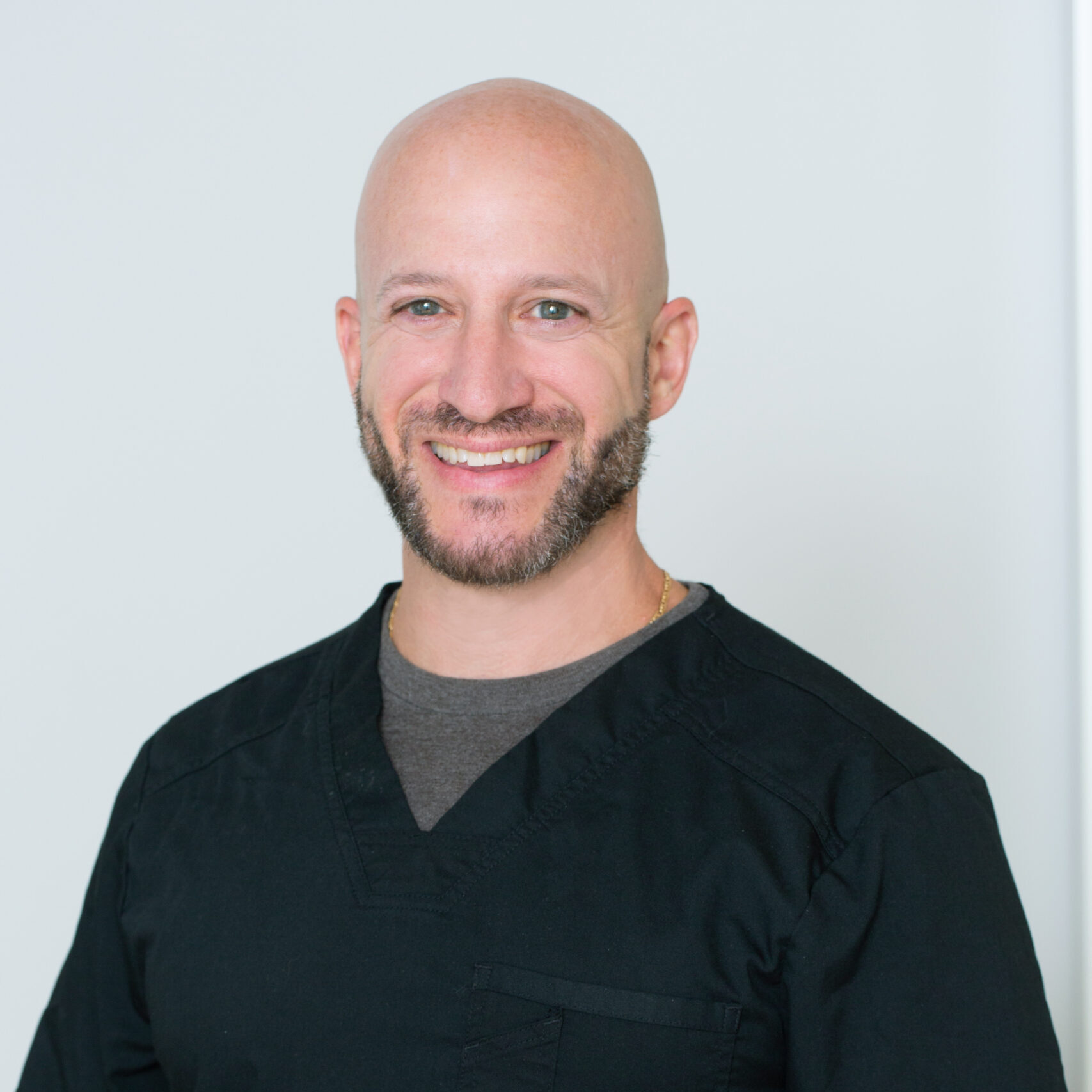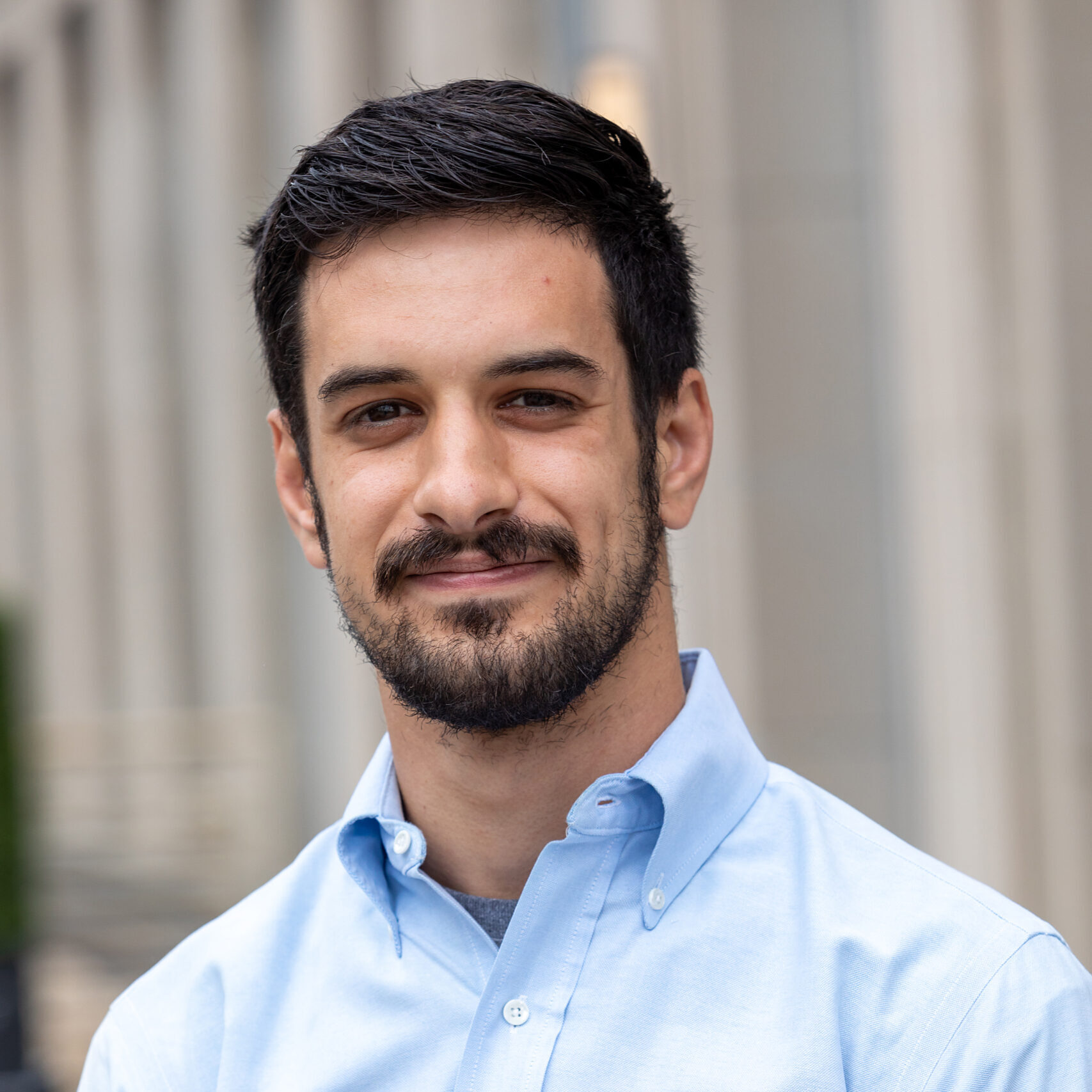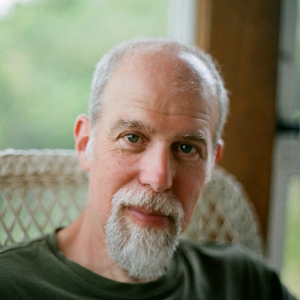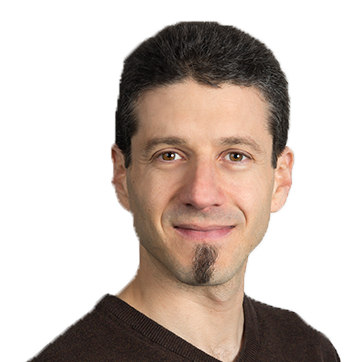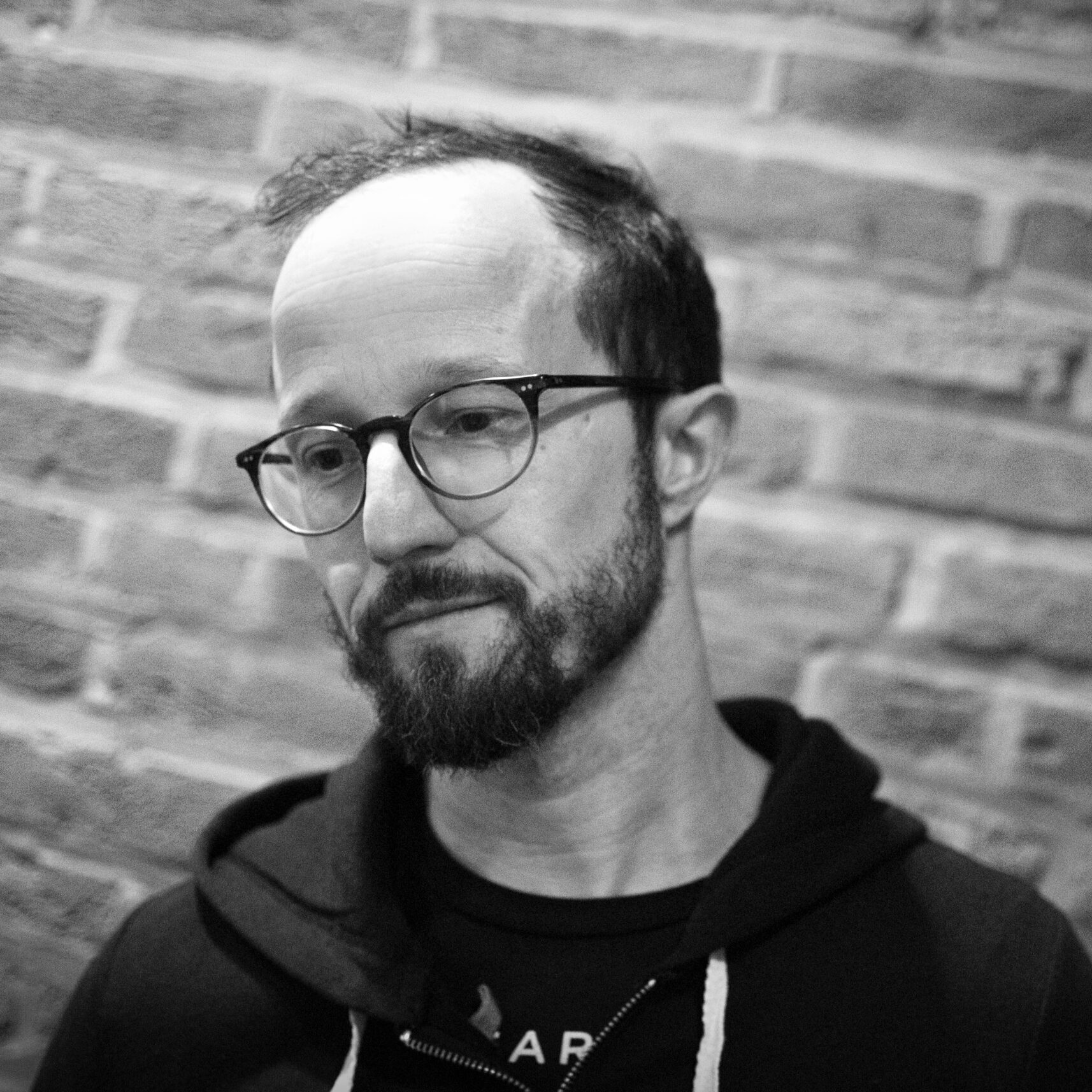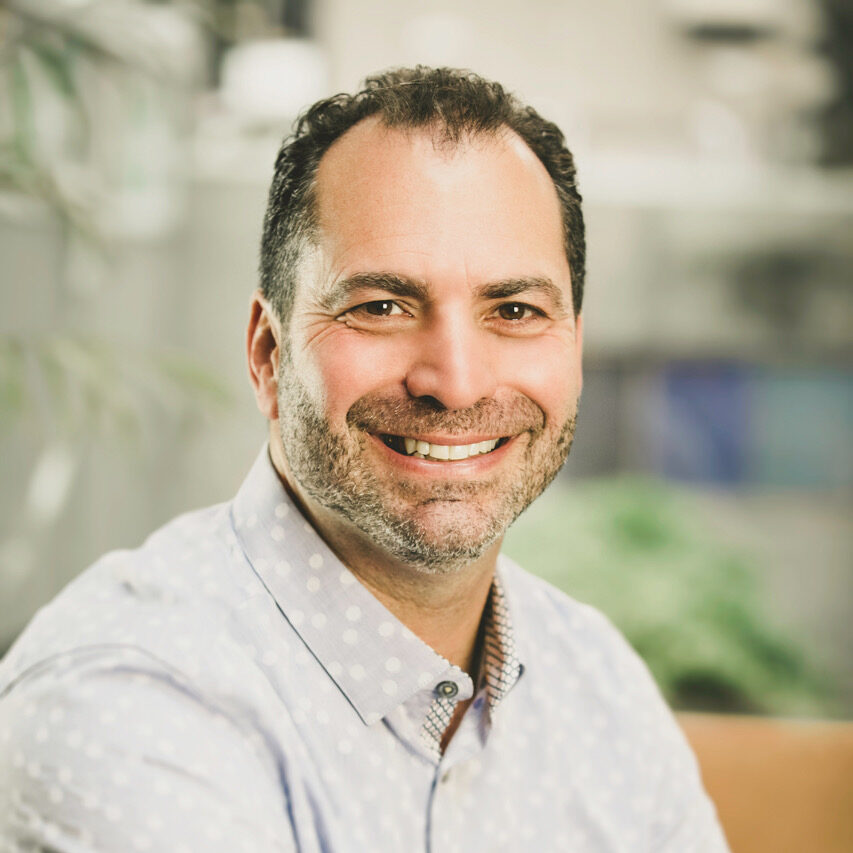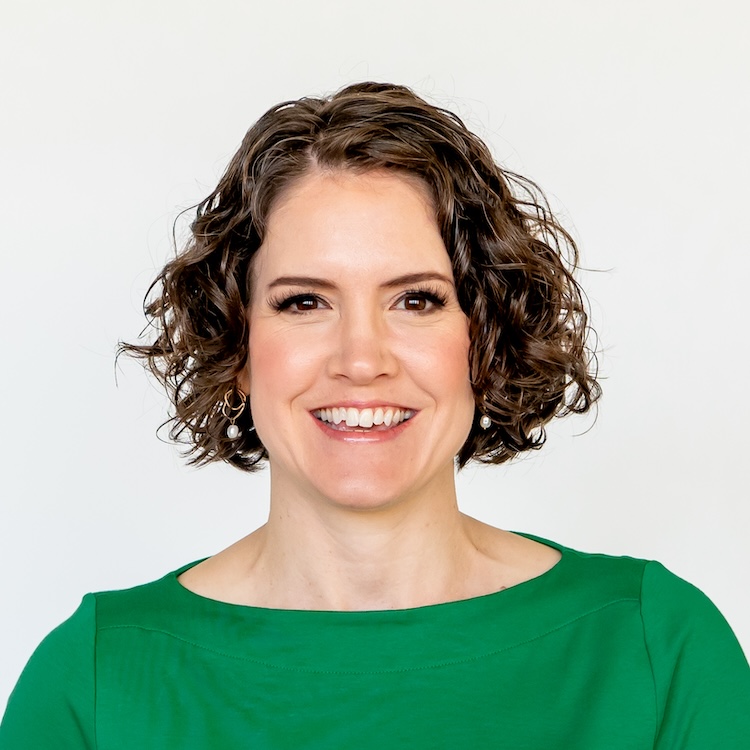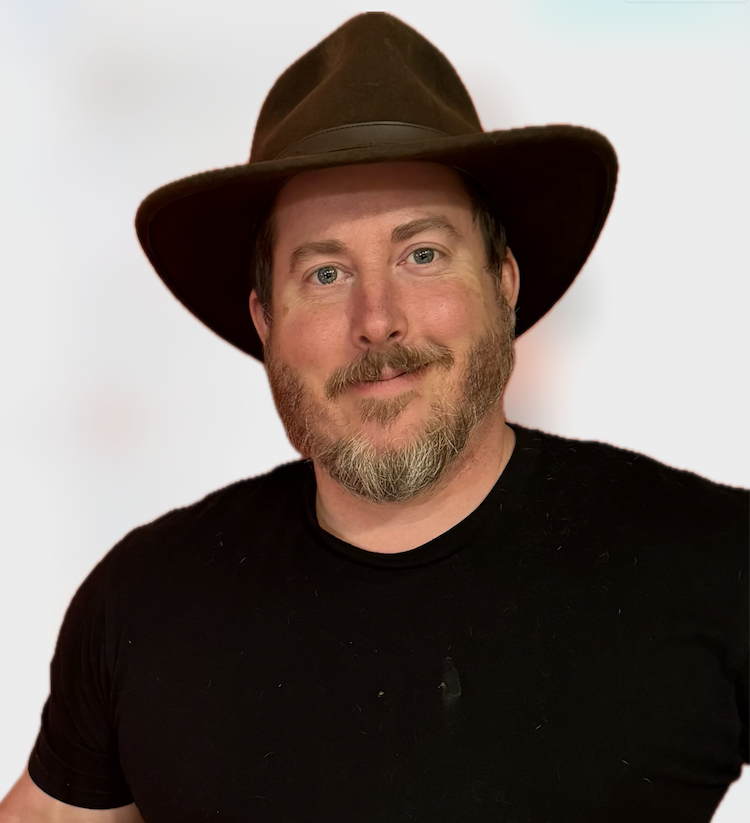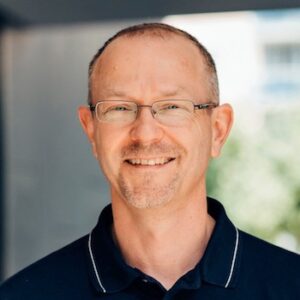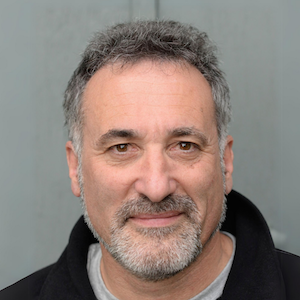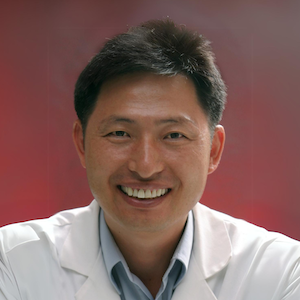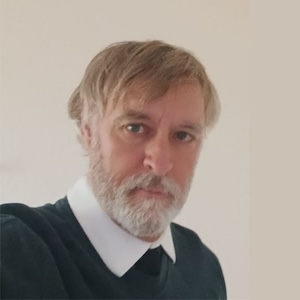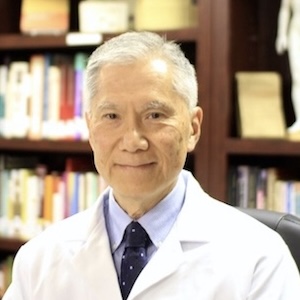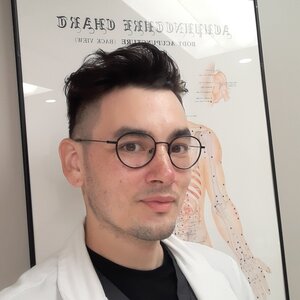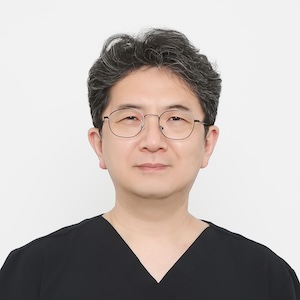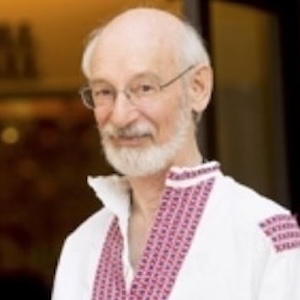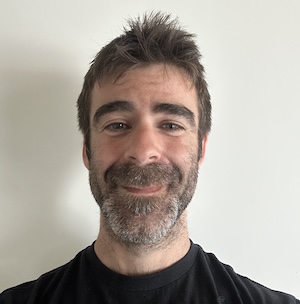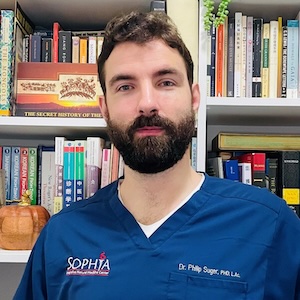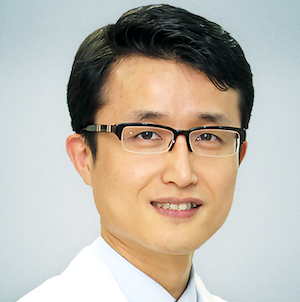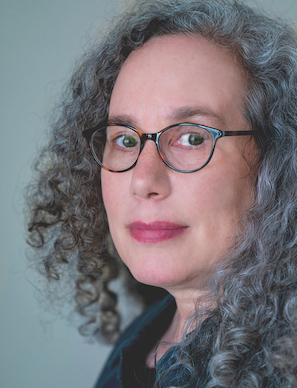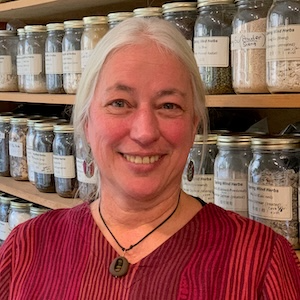You’re probably somewhat familiar with the four needle technique. It’s an innovation said to have arisen through the meditative practice of the Korean Buddhist monk Saam, roughly four hundred years ago.
It has since been passed down both through the monastic tradition, and used as well by ordinary doctors. Today you’ll also find the “Saam Method” used in academic research studies and employed as a key part of their acupuncture practice by Korean practitioners.
In this conversation with Andreas Brüch we explore the more modern thinking and application of Saam as it’s used by Korean doctors today. He’s spent 20 years studying with some of those doctors and using the method in his work.
Listen in to this discussion on organ pairs, phase energetics, six qi influences, a psycho-emotive model that expands your thinking, and how the Sam Boo character of the transport points can help you to select individual points to add focused potency to your treatments.
In This Conversation We Discuss:
- Questions about Korean Hand Acupuncture that lead to exploring Saam
- The climatic aspect of the Saam organ pairs
- Insights into the diagnostic methods used in Saam acupuncture
- The influential work of Kim Hong Gyung
- The influential text Revolution of Oriental Medicine by Kim Hong Gyung
- The Sam Boo energetics of the transports points
- Using the Sam Boo properties in treatment
- Discussion on the complexities of integrating different acupuncture systems
- The importance of understanding Western medical diagnoses alongside traditional practices for effective patient communication
- Insights into how Korean doctors integrate Western medicine with traditional practices in their training
- Treating back pain by considering the use of Metal as the structure of the body and the direction of painful movement
In Saam acupuncture the Pericardium being an organ “without physical structure” is related to functions of the mind. According to Dr. Kim, Hong-Gyeong it has a inward, astringing energetic direction. This fact together with the well known understanding of the Pericardium being tightly connected with the mind/shen gives it the function of being connected to storing mental content, studying and learning. Therefore, the tonifying or strengthening point combination of Pericardium Jeong Gyeok (PC9+, LV1+, PC3-, KD10-) makes it a good strategy for supporting patients to improve their memory when studying, learning, and as preparation for exams. It can also be applied to boost motivation for studying or learning hard. Since Pc energy also boosts the feeling of self-consciousness about your knowledge and skills it is also good for such problems as stage fright if people get nervous when having to speak publicly or doing presentations.
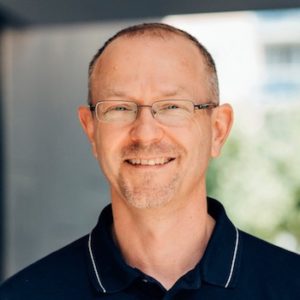
Andreas Brüch, Ph.D
Andreas has been working as an acupuncturist in his own clinic near Munich, Germany, since 2008. Originally, he earned a PhD in psychology, conducted research, and published on behavior and communication in Asian cultures. In 2009, he graduated in Chinese Medicine from the European Institute of Oriental Medicine in Munich. Since 1996, he has made regular visits to South Korea to learn Qigong and traditional Korean medicine.
From 2004 to 2010, he completed training in Korean Hand Acupuncture at the Koryo Sujichim Institute in Seoul. He received additional education and clinical training in Korean medicine with various teachers and doctors, including at Kyung Hee University in Seoul and Busan National University. In recent years,
Andreas has studied Saam and Sambu acupuncture primarily with Dr. Yoo-Ong Jung, Vice President of the Korean Society of Saam Acupuncture Therapy. Andreas has been teaching Saam acupuncture since 2015. He is the (co-)author of “SaAm Acupuncture Textbook: Korean Four-Needle Technique,” published by Müller & Steinicke in Germany.
